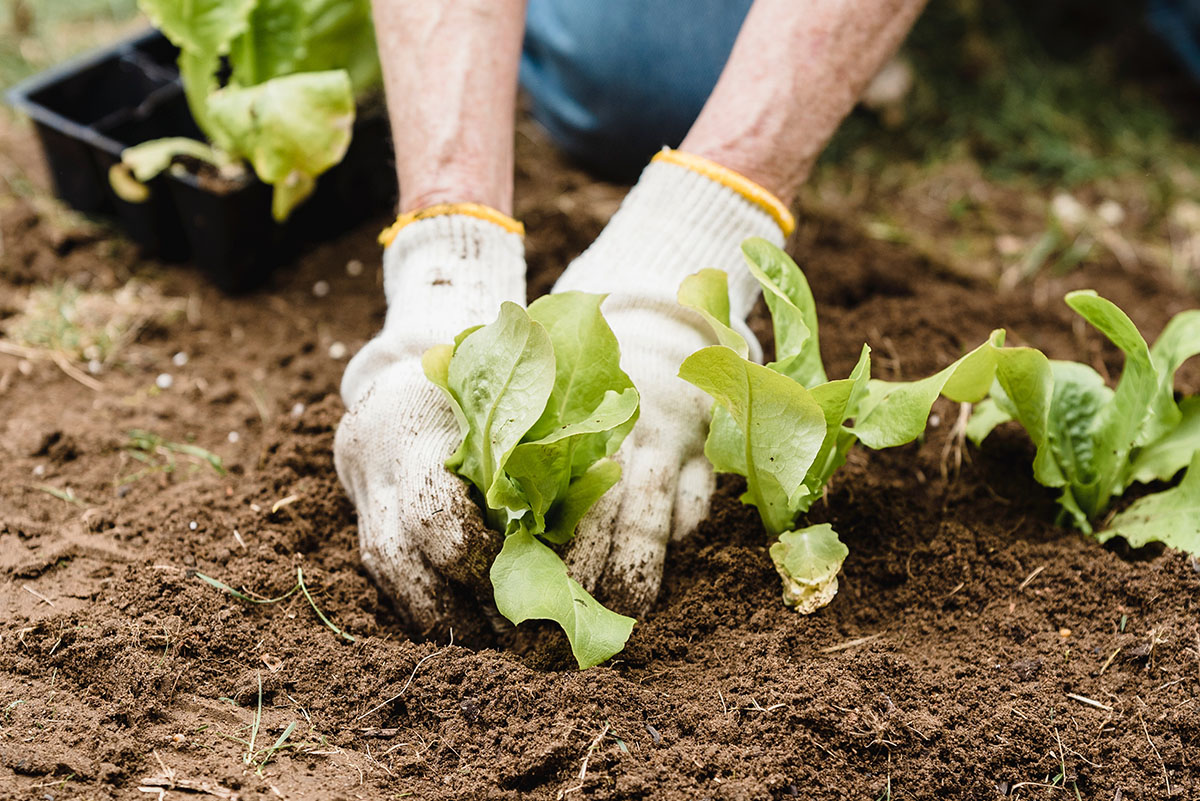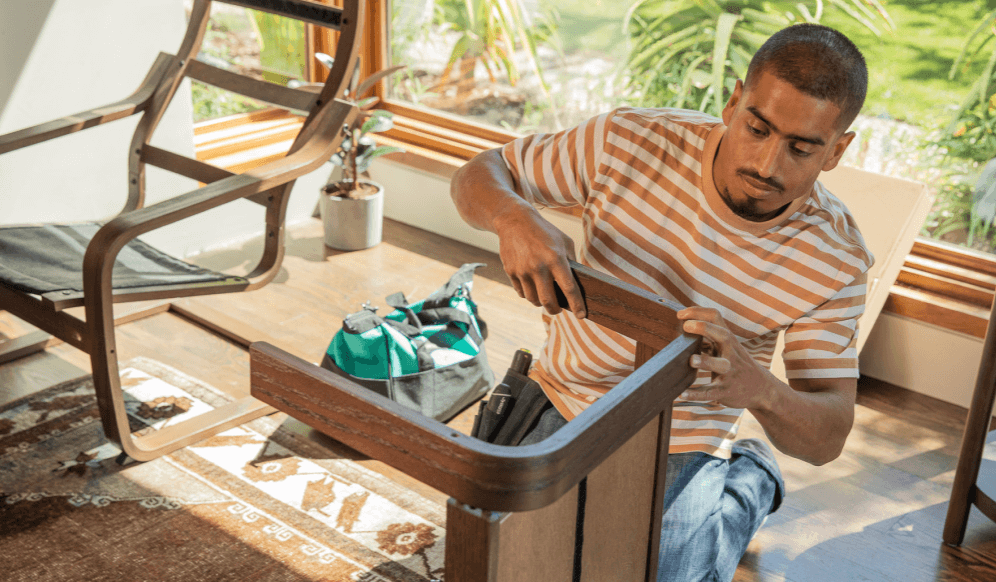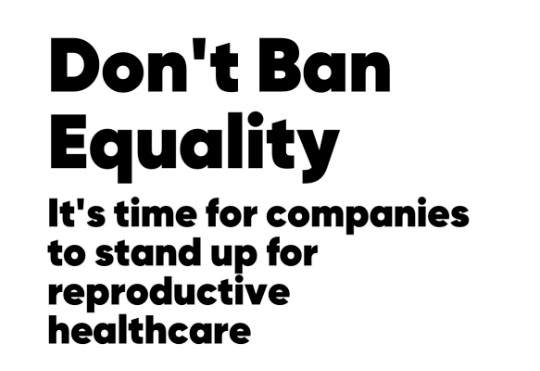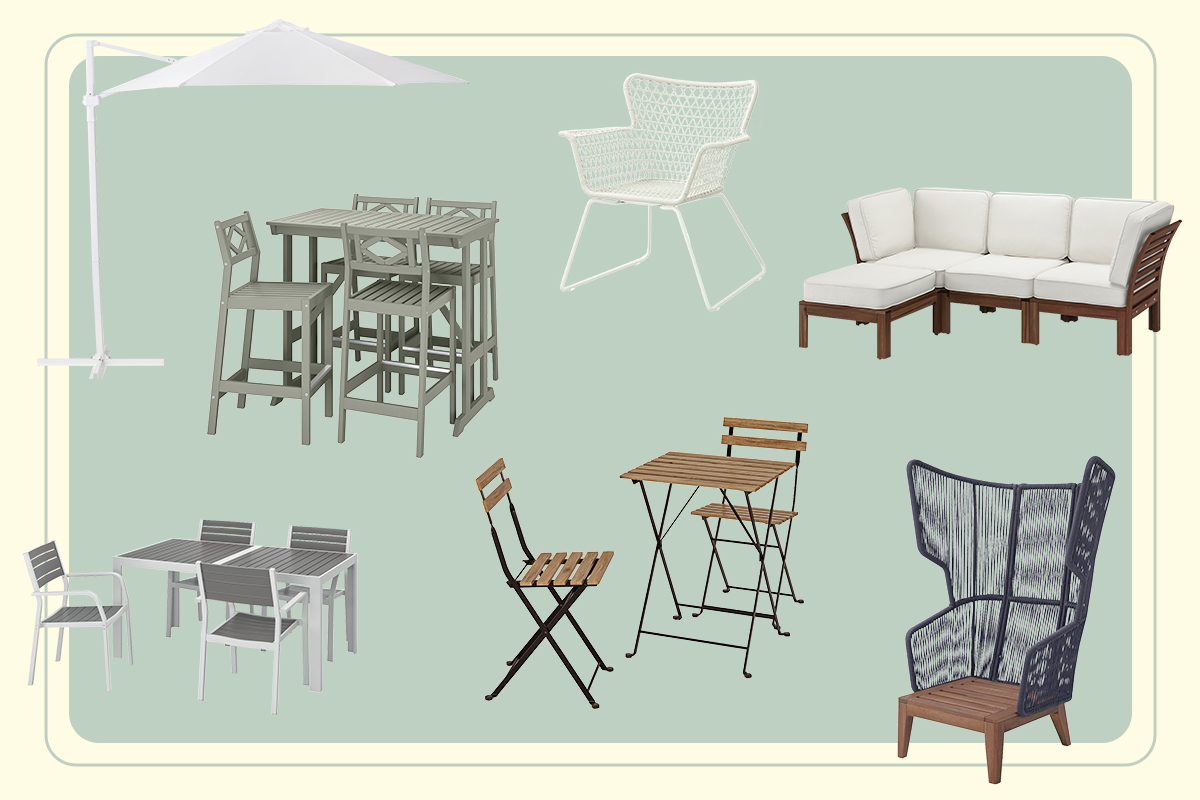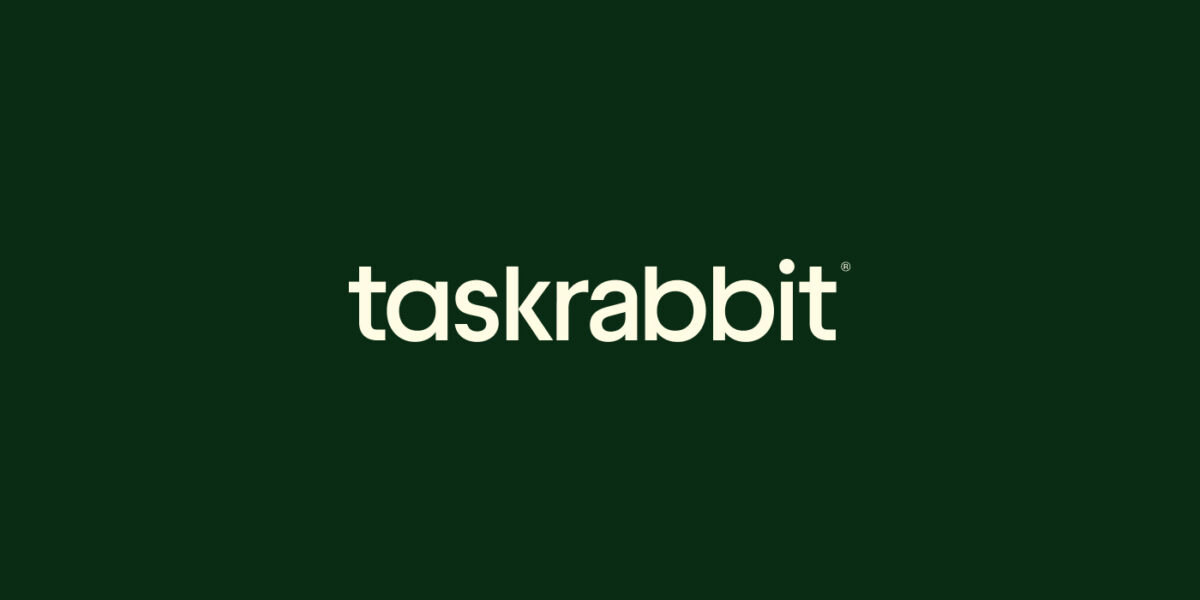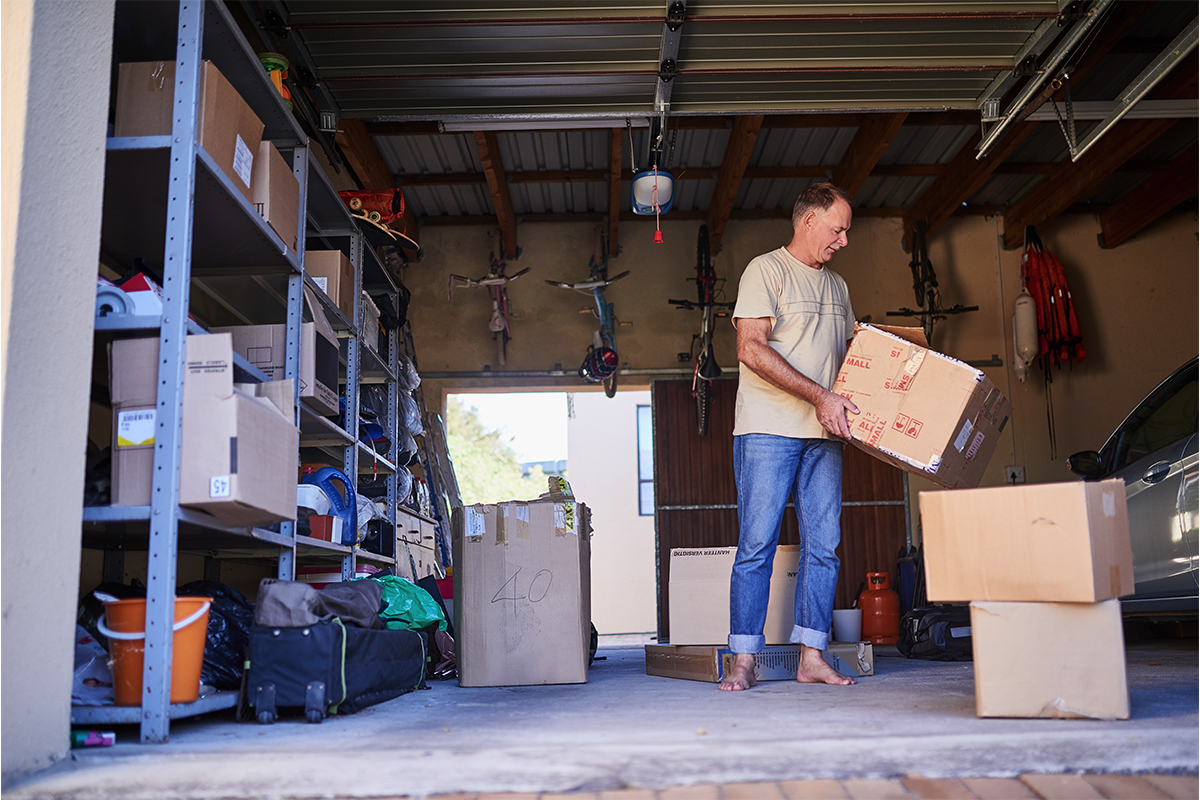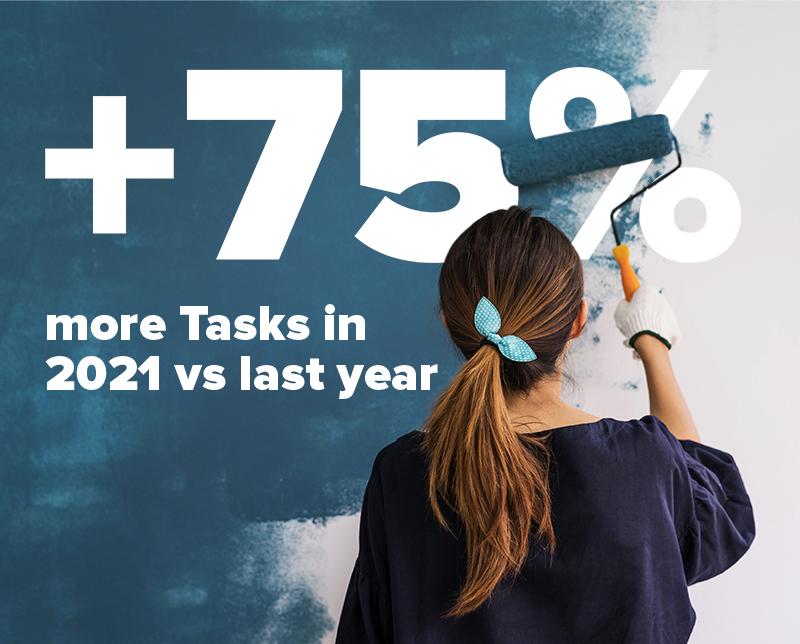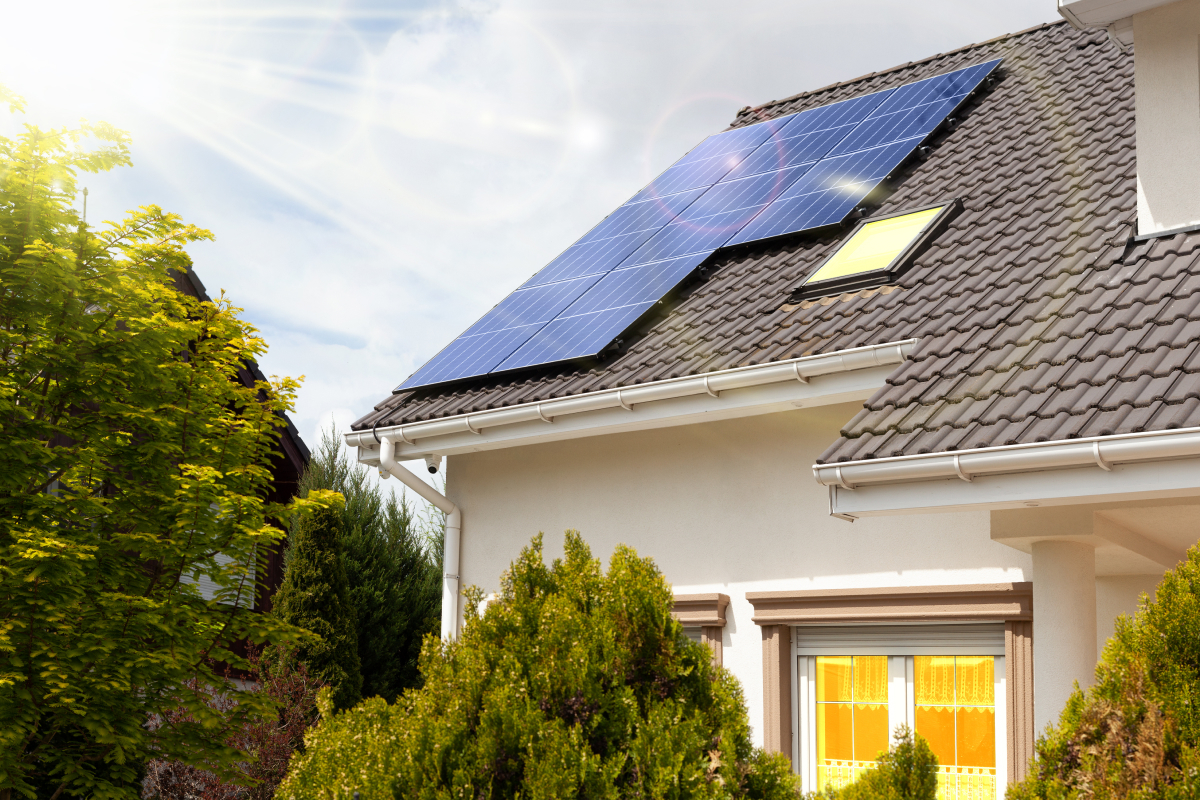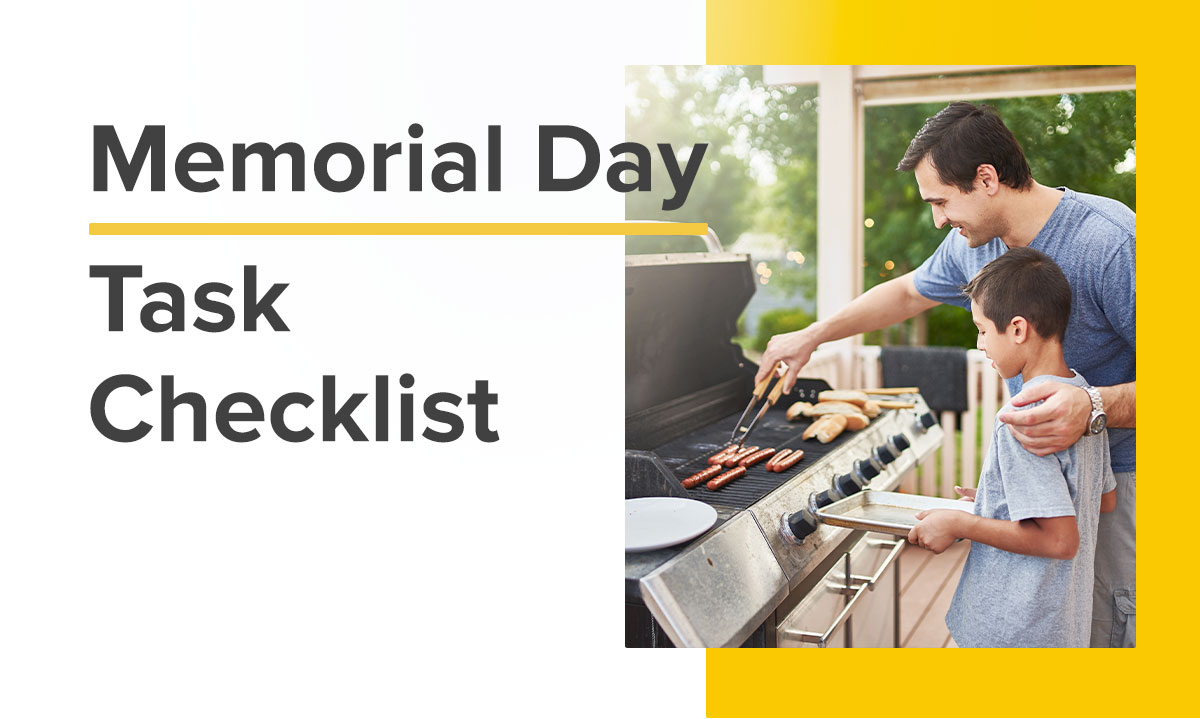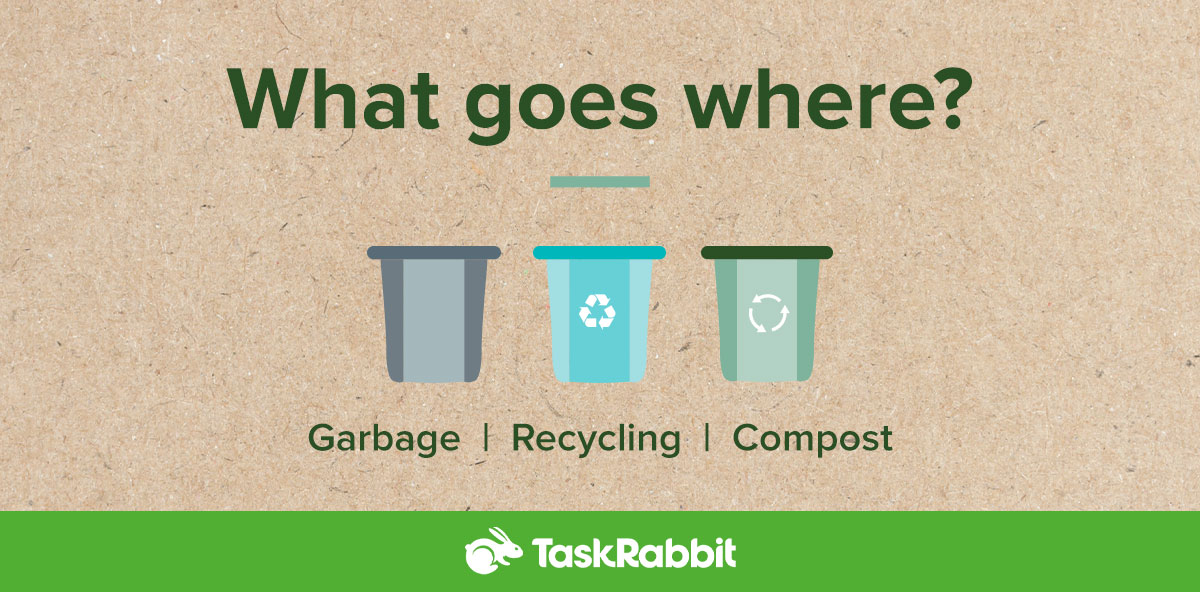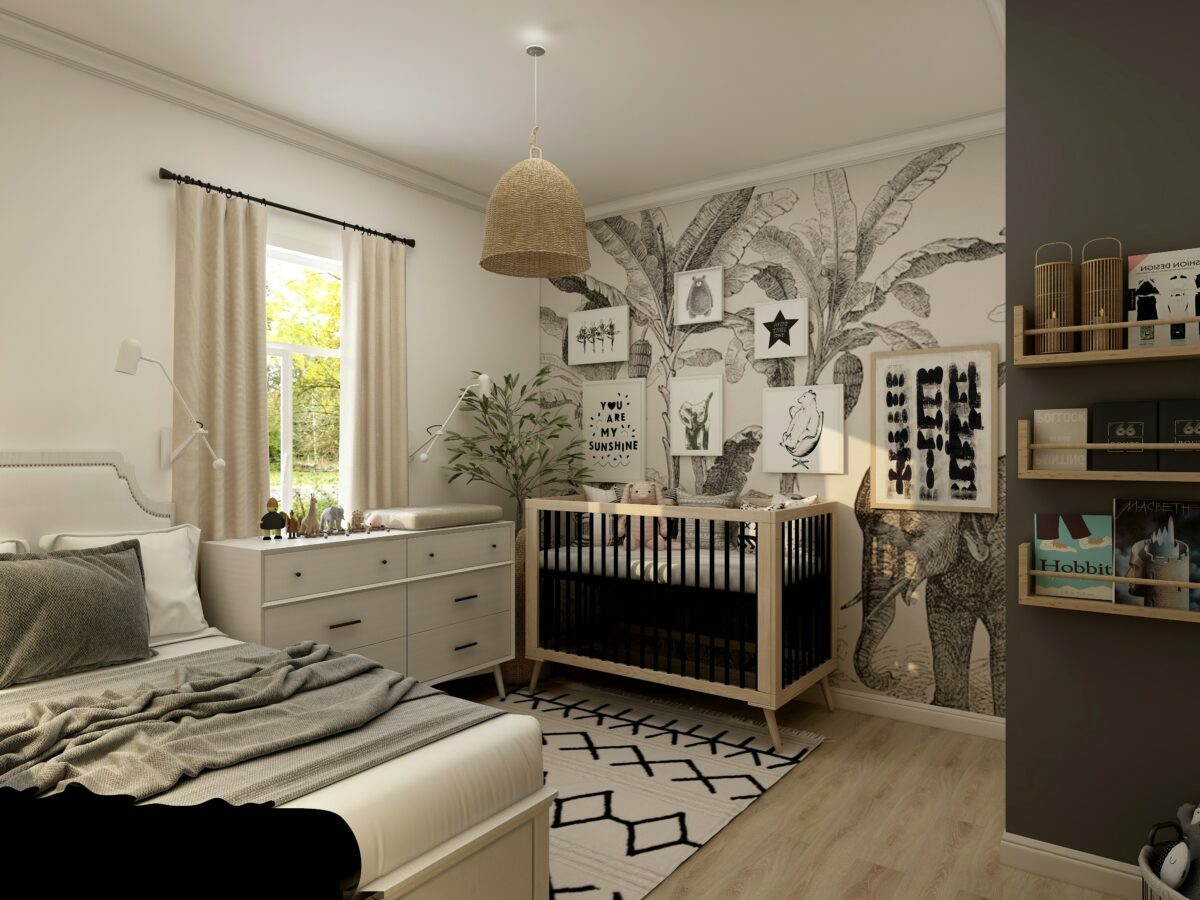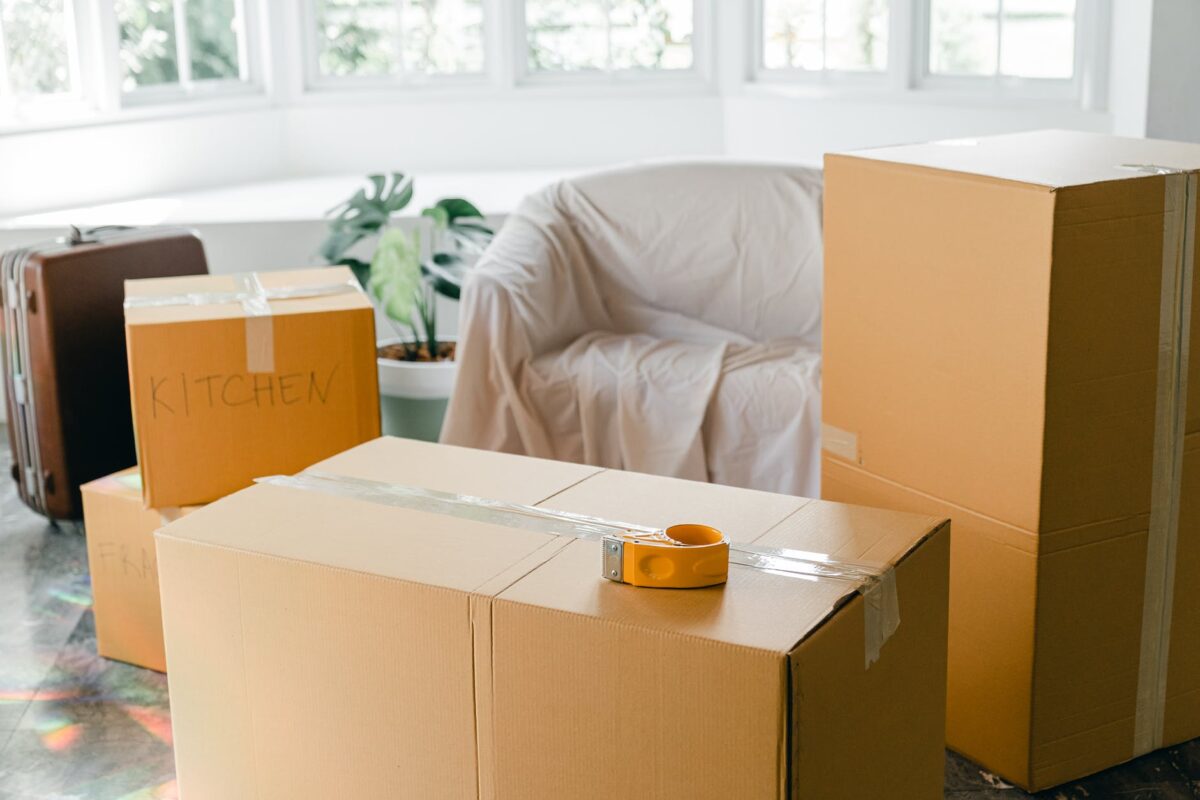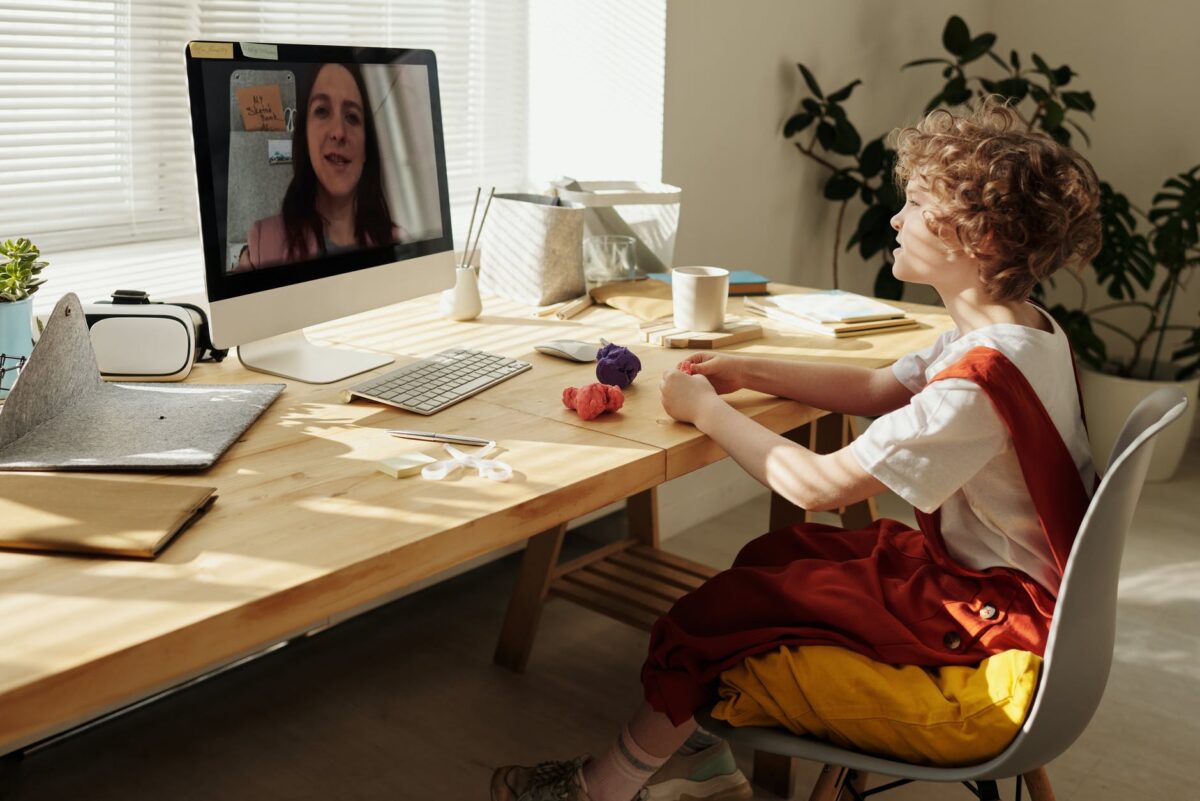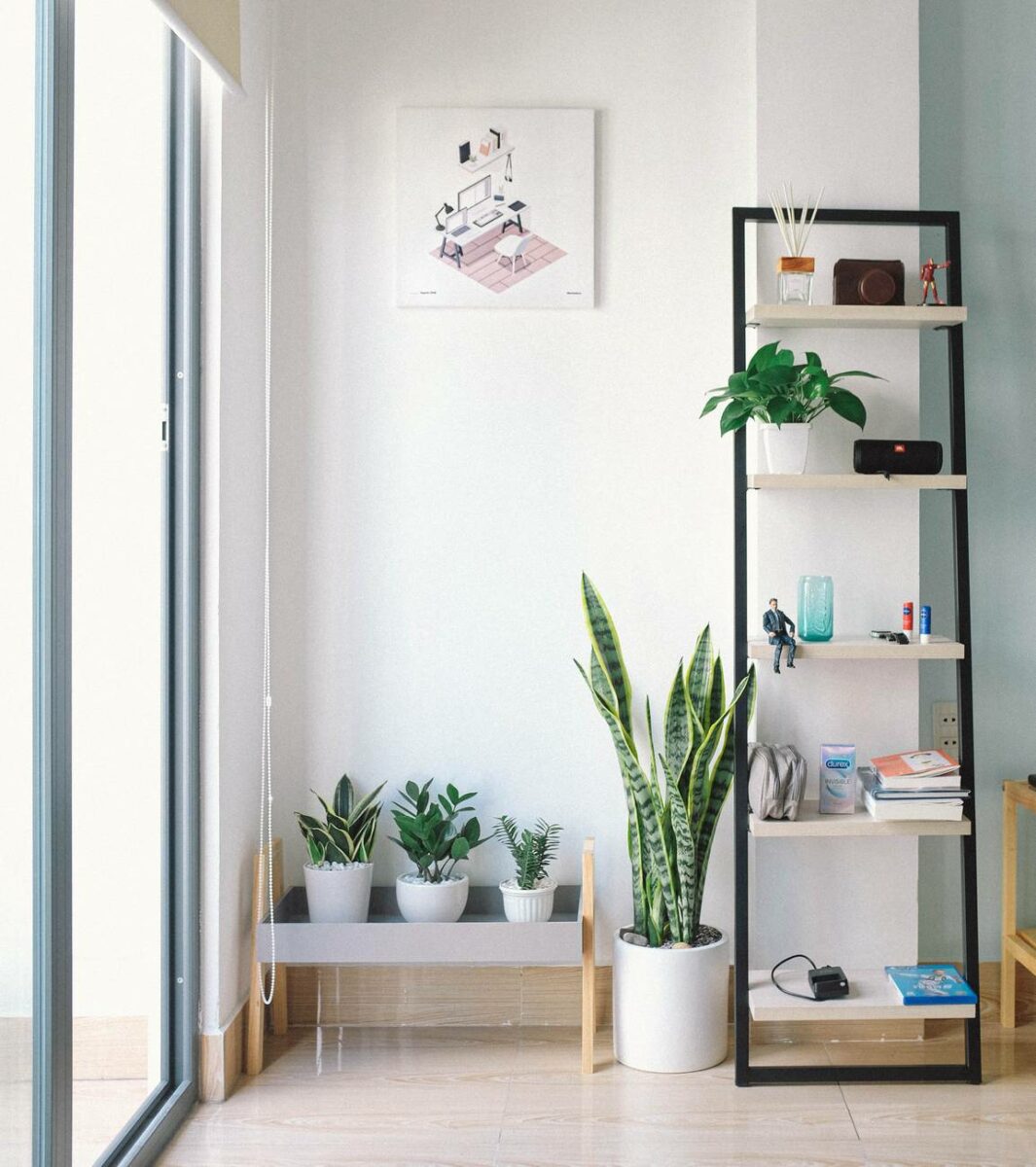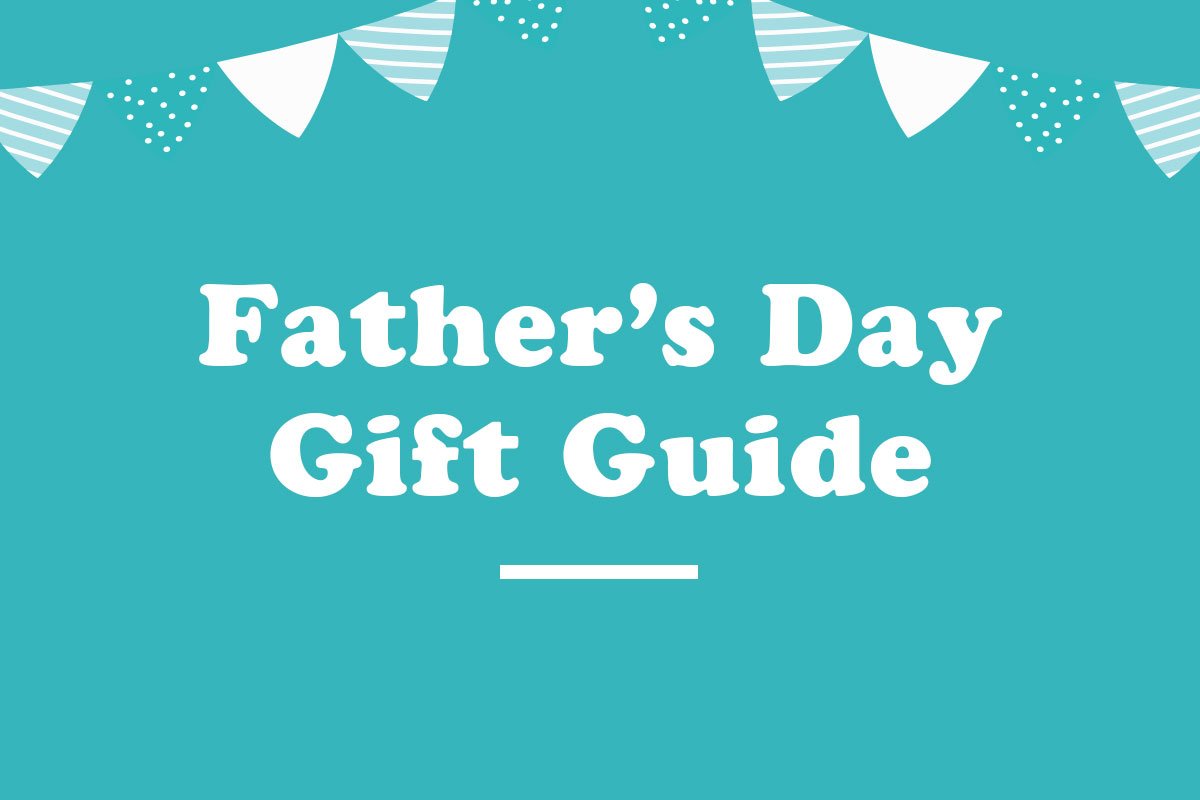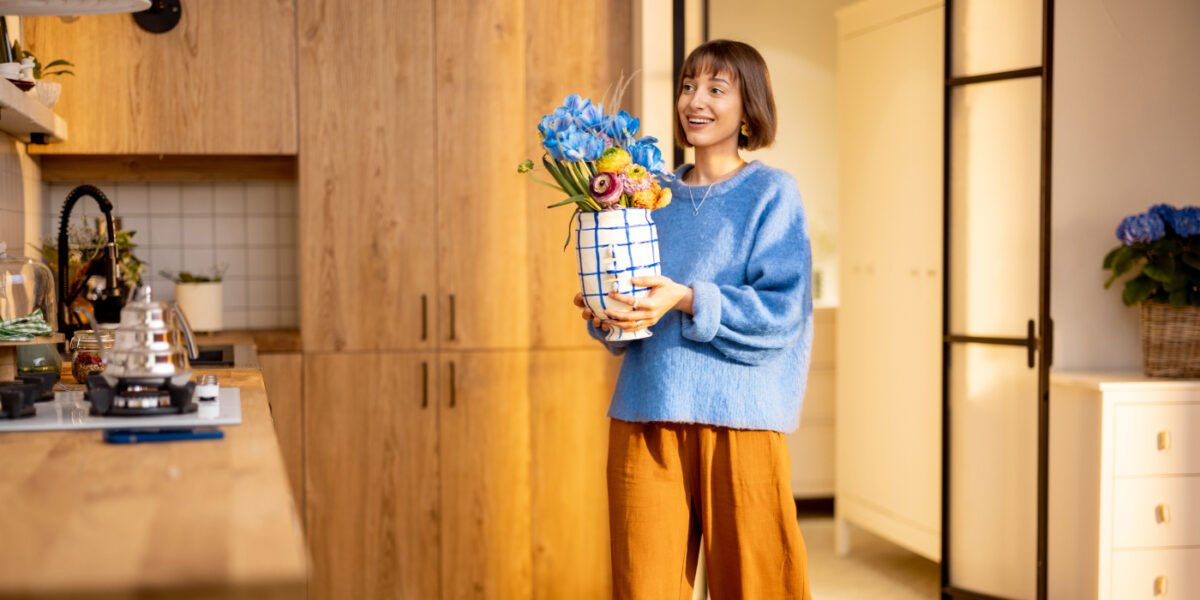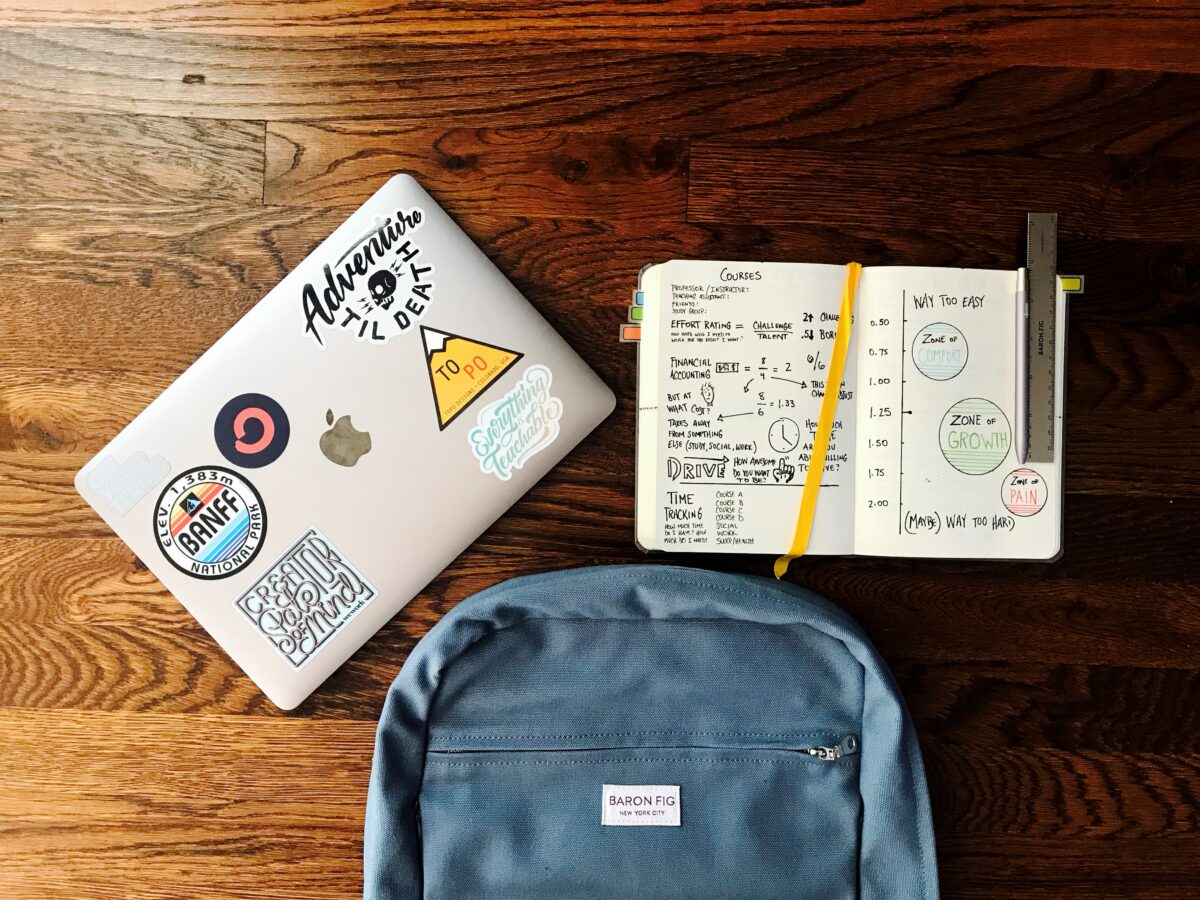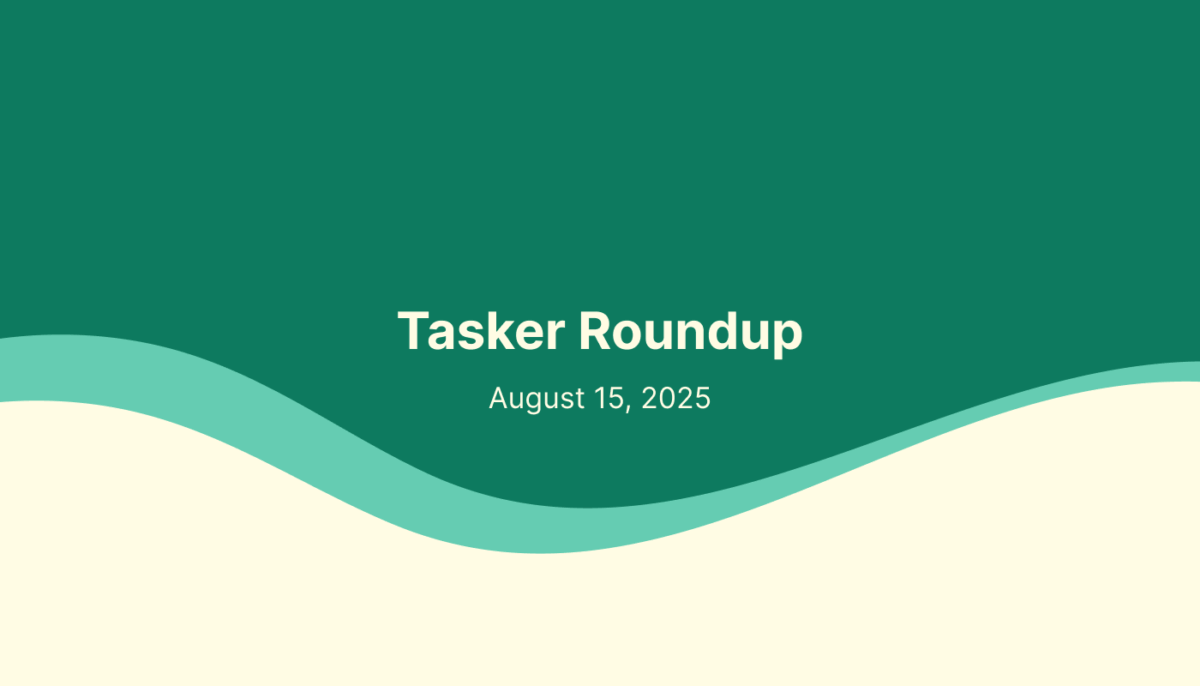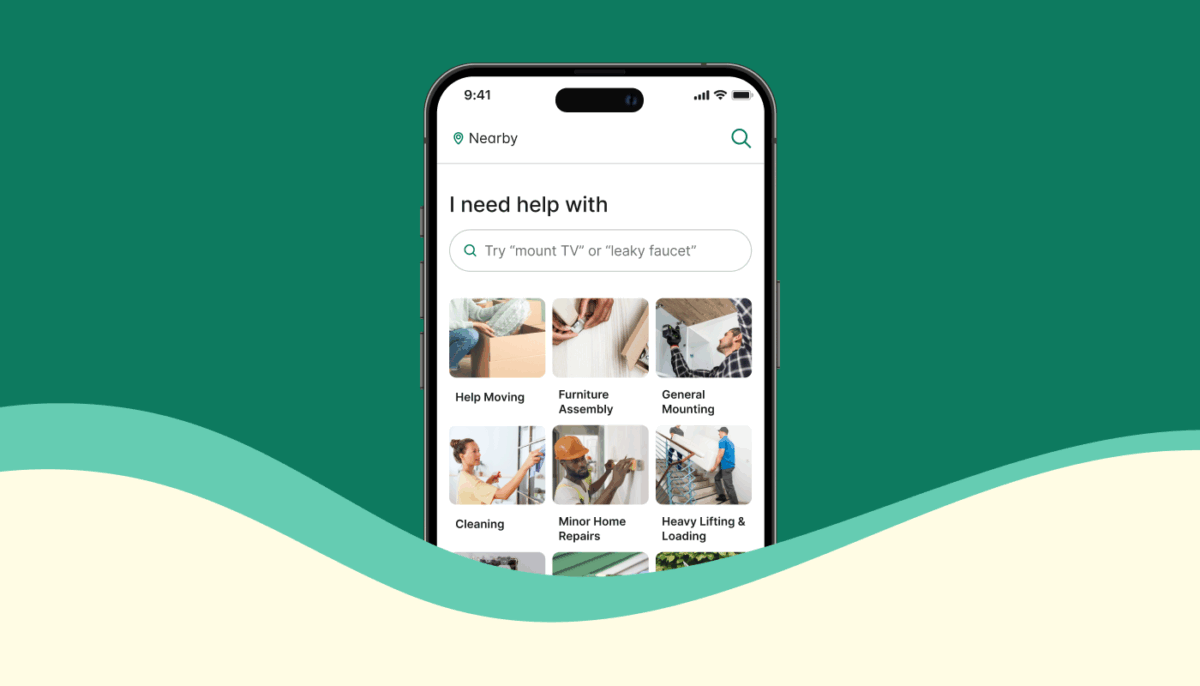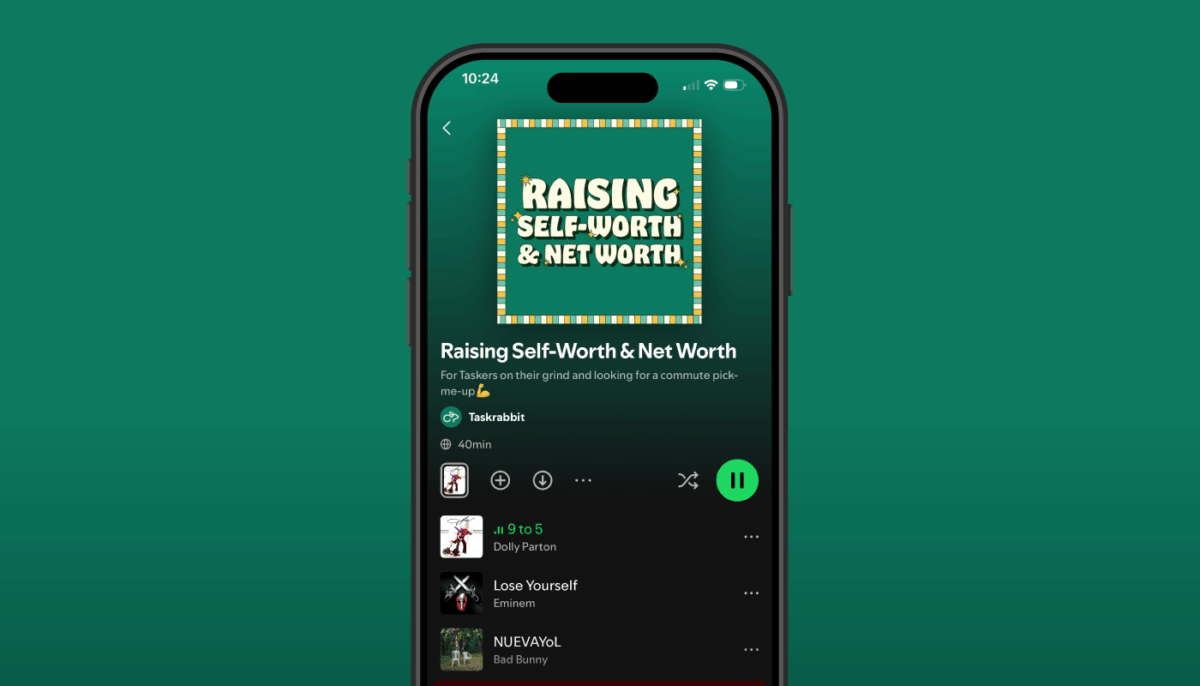Planning a garden this spring but don’t know where to start? Check out these eight tips for beginner gardeners!
1. Decide On Your Garden’s Size—What Size Garden Do I Need?
When starting to garden, you’ll first want to determine the size of your garden. A smaller garden is recommended for beginner gardening—generally around 100 square feet. You can go smaller or large depending on what you plan to grow.

In need of a raised bed to garden in? Hire a Tasker to build one or repair an old one.
2. Decide What To Grow
Deciding what to grow is the next (and most important) step as a beginning gardener. Do some research on what grows well in your climate and what might be useful for you to grow. Some common plants for beginner gardeners include:
- Tomatoes
- Herbs (like cilantro and parsley)
- Zucchini
- Onions
- Beets
- Kale
- Green beans
- Peas
You want to ensure that you’re selecting vegetables that you’ll actually use—don’t grow a salad you’re not willing to eat! Choose veggies you and your family love so you can fully enjoy the experience of gardening from start to finish.

3. Determine Where To Plant Your Garden
Choosing where to plant is an essential part of growing vegetables. You’ll want to consider a few factors when choosing where to plant your garden:
- Select somewhere that gets at least six hours of direct sunlight each day.
- Ensure you plant somewhere with good drainage, with good soil (see section on soil below).
- Choose an area with enough space for your plants to grow.
- Use an area that is sheltered from strong winds.
Additionally, make sure the area you select is aesthetically pleasing and in a sensible spot. It’s important choose an area free of weeds (which Taskers can help with).
4. Find Out When To Plant
Depending on your location, the best time to plant vegetables varies greatly. Generally speaking in the US, the best time to plant hardy vegetables (including broccoli, kale, and cabbage) is March-April, when the soil begins to warm. For more sensitive vegetables (tomatoes, peppers) you may want to start these off indoors (or in a greenhouse) to get a head start. Fast growing vegetables (like onions and herbs) can be started in March-April as well but can also be planted as late as June-July!
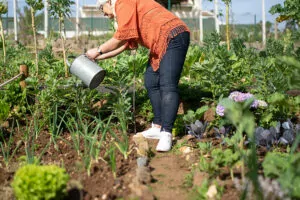
For best results, consult a planting guide relevant to your region. You can try the Old Farmer’s Almanac (or consult with a knowledgeable Tasker!)
5. Use The Right Soil
Soil is a crucial component of any garden. Here are some key tips to ensure you’ve got great soil for planting:
- Determine if you’ll be planting directly in your yard or in a raised bed.
- If using a raised bed, you’ll need to purchase soil.
- Ensure your soil has no rocks or other large particles.
- Use compost in your garden to make sure your soil is nutrient rich.
- Be sure that your soil isn’t too heavy on sand or clay.
- Make sure your soil is loose enough for plants to take root.
Following these tips will help ensure your starting soil is healthy and full of life.
6. Choose Whether You’ll Plant From Seed (or Transplant)
Should you start from seed or transplant? The simple answer is that it’s easier to start from a transplant (an already growing plant) rather than seed. Growing from seed has more risk associated with it, because seeds are more susceptible to environmental hazards.
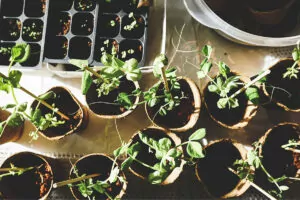
7. Prepare For Pests
Pests are an annoying aspect of growing plants but are important to be aware of. Some common garden pests include:
- Aphids
- Beetles
- Slugs
- Moths
- Mosquitos
- Flies
- Caterpillars
- Fungi
While each of these pests typically require their own removal methods, there are a few steps you can take to prevent pests altogether. To prevent common garden pests, use barriers like insect mesh, and grow strong-smelling herbs like coriander and garlic. Using chemical pesticides can be harmful to your plants and health, so be careful when using these.
8. Get Prepared To Water (A Lot!)
And last but certainly not least, make sure you have a way to water your plants close to your new garden! Ideally, a garden hose located adjacent to your garden is what you’ll use, but a watering can also works. If you’re in need of garden hose installation, consider hiring a Tasker to help out!
Keep your plants on a regular watering schedule, and make sure the soil is always damp (but not soaked). Different plants require different watering regimes, so it might be helpful to consult a guide.

Get Growing With Help From Taskers
Feeling ready to start growing vegetables? Fantastic! We wish you the best of luck with your new garden. However, if you’re thinking that starting a garden may be too daunting a task (or will take too much time), then consider hiring a Tasker to do the bulk of the work! Taskers are experienced, affordable, and ready to help with all of your gardening needs.
Don’t do it all on your own. Just task!
